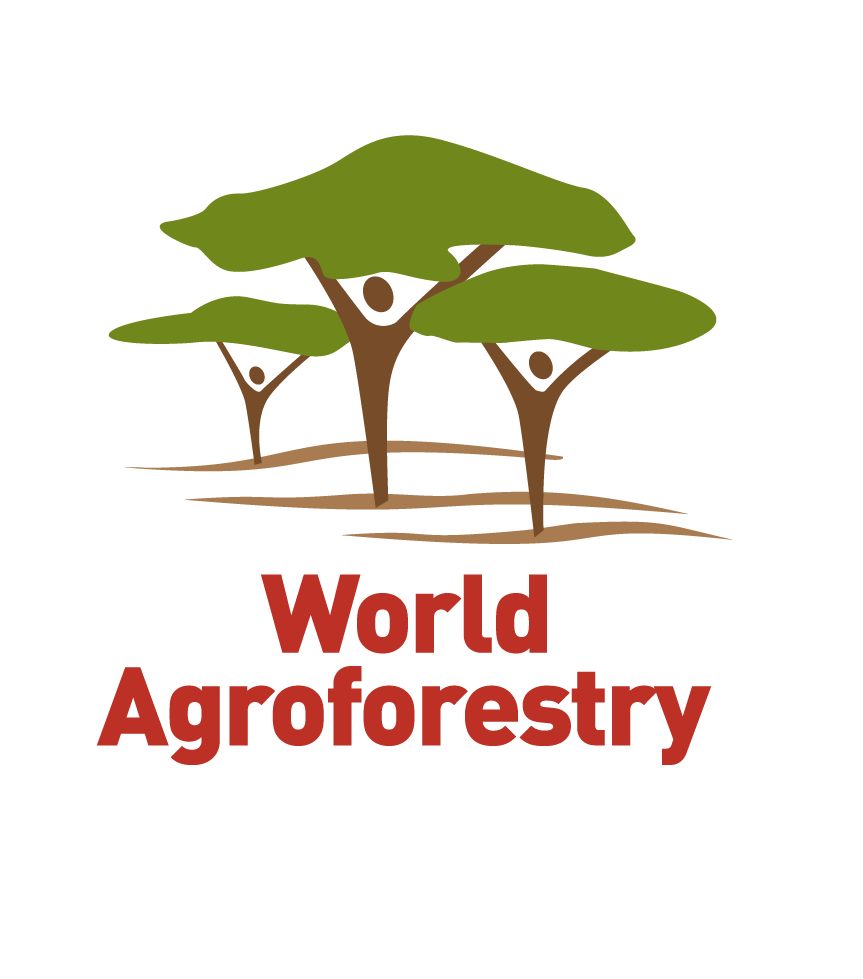Local names:
Bemba (pupwechulu,pupwe), English (kundanyoka knobwood,knob wood), Luganda (ntaleyedungu), Lunda (chipupa), Nyanja (mlunguchulu), Shona (mukundanyoka), Swahili (mjafari)
Zanthoxylum chalybeum is a deciduous spiny shrub or tree up to 12 m, crown rounded but open. Bark pale grey; smooth dark with scales and prickles. The bole has characteristic large, conical, woody knobs with sharp prickles. The branches also bear scattered thorns with conspicuous dark scales. Leaves compound, usually 3-5 pairs of shiny leaflets plus a terminal leaflet; leaflets oblong to elliptic or lanceolate, 2.5-7 x 1-2.5 cm, with a strong citrus smell when crushed; sparsely dotted with pellucid glands; petiole 1-5 cm long, the petiole and rachis with small, hooked prickles scattered along the length. Flowers sweet scented, inconspicuous, yellowish-green, in short sprays (racemes or panicles) 5-10 cm long, produced immediately below the leaves at the base of the new branchlets. Fruit spherical, about 5 mm in diameter, reddish-brown, splitting to allow the shiny black seeds to partly protrude. Zanthoxylum means ‘yellow wood’, from the Greek ‘xanthos’ (yellow) and ‘xylon’ (wood). The specific epithet chalybeum means steel grey.
Ecology
Z. chalybeum is a tree of medium to low altitudes in dry woodland or grassland, often on termite mounds.
Native range
Burundi, Democratic Republic of Congo, Ethiopia, Kenya, Lesotho, Malawi, Mozambique, Namibia, Rwanda, Somalia, South Africa, Swaziland, Tanzania, Uganda, Zambia, Zimbabwe
Tree management
Coppicing and pollarding are recommended.
There are approximately 30 000 seeds/kg.
Z. chalybeum is a tree of medium to low altitudes in dry woodland or grassland, often on termite mounds.
Zanthoxylum seeds exhibit strong dormancy, which appears to be imposed by the seed coat. Scarification with concentrated sulphuric acid has given fair germination results. Sowing of seeds immediately after collection is recommended. Germination is epigeal. Propagation by root cutting and suckers is practised.
When dried, the leaves can be brewed to make a kind of tea.
Fodder: The leaves and fruit are eaten by goats throughout the year. The branches are sometimes lopped for feed.
Z. chalybeum is a good firewood tree; it burns easily.
Timber: Timber is very hard, heavy, elastic and highly durable. It works well, although it is difficult to nail; finishes and polishes well and has been used for carving, turnery and walking sticks. The twigs are used as toothbrushes.
Medicine: Bark extracts are said to cure malaria.
